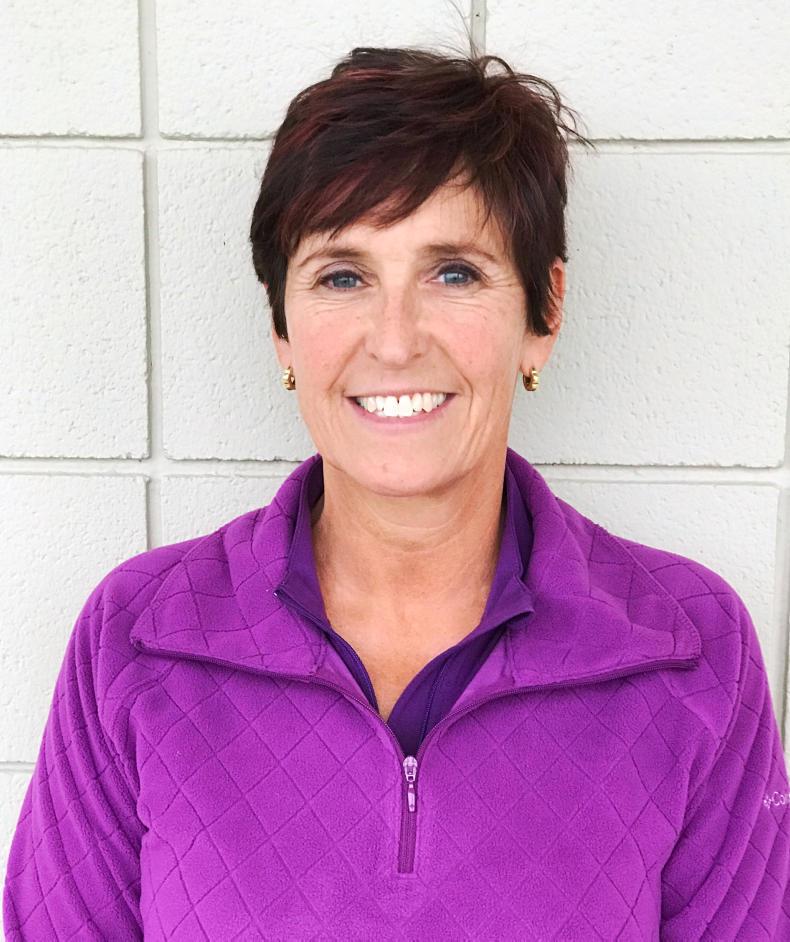VETERINARY surgeon Karen Wolfsdorf from Kentucky outlined how she assesses and works with mares in relation to reproduction. She began by detailing the factors she considers when she first looks at each mare.
Firstly, she looks at the age and parity of the mare, older mares and mares in poor condition tend to have decreased pregnancy rates and increased rates of embryo loss. Wolfsdorf goes on to examine the mare’s reproductive organs, seeing if there are any abnormalities and finding out the reproductive history of the mare. Two other factors which she considers are the time of year and the type of semen being used.
“Anatomy tells you a lot about the mare when you first look at them,” she said. Wolfsdorf went on to highlight the importance of treating each differently depending on where the uterus is sitting in the abdomen.
Throughout of her presentation Wolfsdorf described a number of surgical options available which helps to improve the chances of pregnancy and overall reproductive health of the mare. She explained how endometrial biopsies gives a much better idea of what is going on and whether there are any abnormalities.
Wolfsdorf said that she normally does not worry too much about endometrial cysts in mares, she maps them so she can monitor any change and know where they are but unless they are very large or there are a lot of them she generally doesn’t remove them.
